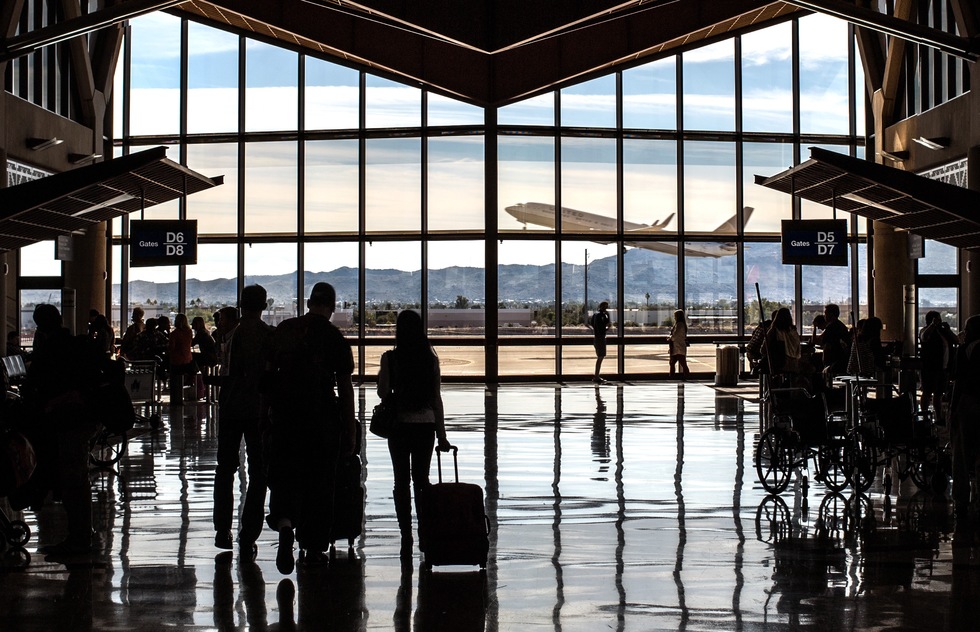U.S. airlines have dramatically reduced the number of passengers bumped from flights, according to the Department of Transportation.
In the agency's latest report card on airline performance, figures show that just one out of every 19,000 customers was not allowed on a plane due to overbooking in the first half of 2017. That's the least amount of bumping since the government began tracking it in 1995.
The bulk of the decline happened after April, the month when a United Airlines passenger, 69-year-old David Dao, was roughly dragged from a flight about to take off from Chicago O'Hare International Airport. Cell phone camera footage shot by other passengers soon showed up online, causing a worldwide uproar and a sustained PR migraine for United.
Eager to avoid such outcomes in the future, United and other carriers have taken steps to reduce overbooking, a legal and longstanding practice designed to fill as many airplane seats as possible. Since the April overbooking kerfuffle, airlines have moved toward paying a lot more passengers to volunteer their seats than in the past—and those companies have increased the amounts they're willing to reward customers for their trouble.
Bumpings still happen, though at a much lower rate. According to figures from United, there were 957 of them in April, but only 61 in May and 46 in June.
The government's report found that Southwest Airlines kicked off the most passengers (2,642) in the first six months of the year, though Spirit bumped at the highest rate.
You're least likely to get the boot when you fly with JetBlue, Hawaiian Airlines, and Delta.






